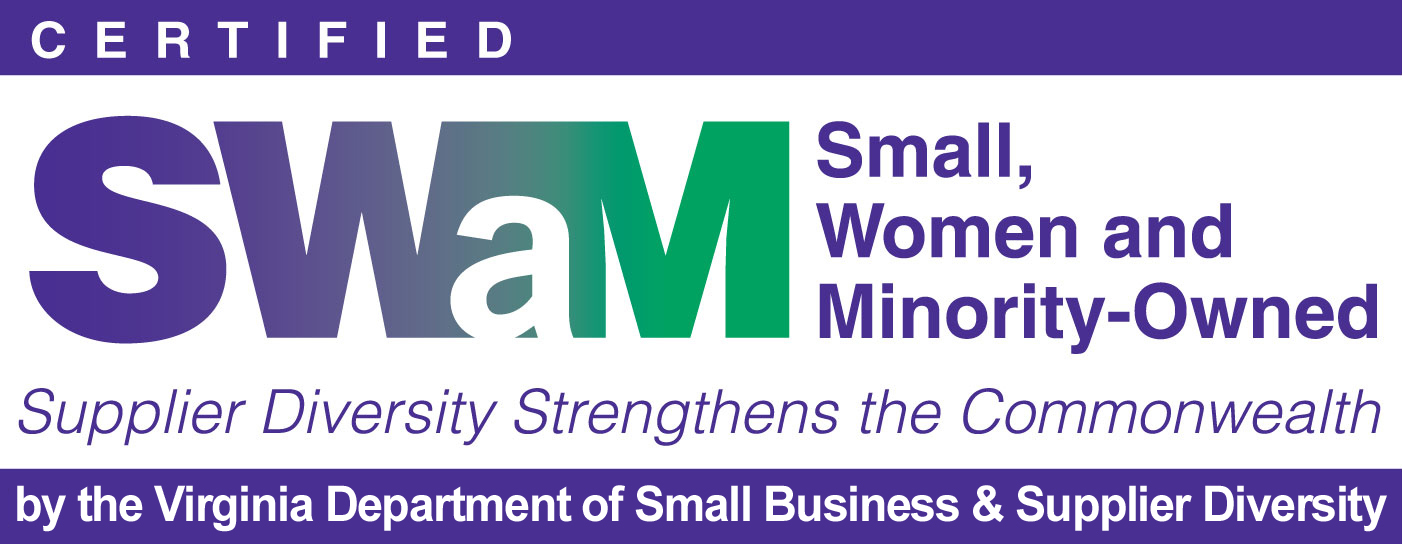Inclusivity in Marketing
By: Meredith Flory
Diversity is a term often used in workplace settings, referring to seeing or experiencing a wide range of human experiences and identities represented within a group of people. Marketing for many companies has become more diverse, in hopes of reflecting our communities better.
In fact, an oft-told celebrity story, such as in this 2021 CNN article, is how Meghan Markle wrote a letter to Proctor & Gamble as a child about how their marketing was aimed only at women and pointed out the sexism inherent in marketing cleaning supplies only to women. She has continued to work for women’s issues as an adult public figure.
Over the past few decades, consumers have witnessed a shift in marketing, with many household product companies increasing their diversity in advertising to reach beyond just white, suburban moms to anyone who might need these products for the home, with varying racial identities and family makeups being represented on screen.
While this is more in line with our society, it’s also good business sense to increase your customer base. But what’s the next step?
Inclusive Marketing
While inclusivity and diversity are often tied together, they are distinct ideas. According to the Universal Marketing Dictionary, inclusion seeks to “create a sense of welcoming and belonging.”
In an interview with Amazon Ads in 2022, business leader Jameka Pankey shared the example of a party to explain the difference between diversity and inclusion and the role it plays in her work: “For example, if you come to a party, you can walk in a room and have diversity. You have guests from different backgrounds, ethnicities, religions, and ages, but you can still walk in and not feel included . . . and inclusion matters. You build sustainability and have cultural change with inclusion and making others feel like they belong. We don’t want to just invite you to the party; we want to ask you to dance. We want to see if you want something to eat. We want to make you feel engaged.”
Potential and current clients will appreciate your efforts if you show a real understanding of the audience you are trying to reach and a commitment to inclusivity in all business practices, not just ad campaigns. So, here are three ways to think about inclusivity in marketing.
Assess Your Marketing Needs
There are many reasons for wanting to diversify your ad campaigns, but for authentic connection with potential customers, make sure you understand corporate motivations for doing so. Does your marketing strategy not match your client base? Do you want to expand your client base? Are you hoping to capitalize on a certain holiday or history month? Understanding your goals can help you keep your marketing authentic and effective. If you are seeking to celebrate or reach out to a marginalized group in an ad campaign, inclusion will not happen if the products or services you are offering don’t uniquely serve their needs in some way.
For instance, as the winter holidays approach, many businesses will capitalize on the gift-giving of Christmas. If, however, you diversify your marketing to include ethnic and religious backgrounds celebrating winter holidays other than Christmas, but then only offer Christmas-themed products in the store (and don’t allow employees of those religious backgrounds their holidays off), then your marketing may be diverse, but it’s not inclusive. Inclusive marketing is in alignment with meeting the customers’ needs and understanding their experiences.
Align Marketing Messaging and Customer Service
If you design your marketing to be inclusive, make sure that when those customers decide to use your business your inclusivity continues into your store front, customer service, or other aspects of your business. A study on inclusive marketing from Deloitte (2021) revealed, “57% of consumers are more loyal to brands that commit to addressing social inequities in their actions.”
For example, if you create a marketing campaign specific to Disability Pride Month (July), or you ensure inclusion of body diversity in your ad campaigns, but all bodies do not feel comfortable in your storefront, your marketing won’t translate to new, loyal, customers. Depending on the services or products you offer, explore other ways you can assist with accessibility for both your employees and clients beyond ADA compliance. These efforts may include training for employees or accessibility and comfort options in your storefront or on your website. Align your marketing with customer service that is client focused, culturally sensitive, and ready to meet the needs of a broad customer base.
Use Expertise and Compensate Experts
If your company is working to bring its marketing up to the level of inclusivity and diversity currently present in the employee and customer base, then your inclusive marketing may already be drawing on the lived experiences of staff and customers. However, if inclusivity is a new goal that you are working toward, then you will want to ensure voices from the communities to which you are marketing are part of the process and that they are being compensated for their time, talents, and expertise. This endeavor might include focus groups and market research but could also include bringing in new hires, promoting or compensating for the work from within, or consulting.
Powerhouse Planning offers a variety of services that may help you meet your inclusive marketing goals, such as mentoring, talent and acquisition support, and campaign creation and management. Contact us today to learn more.



